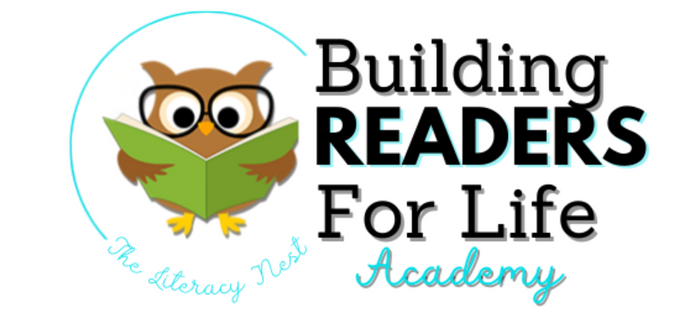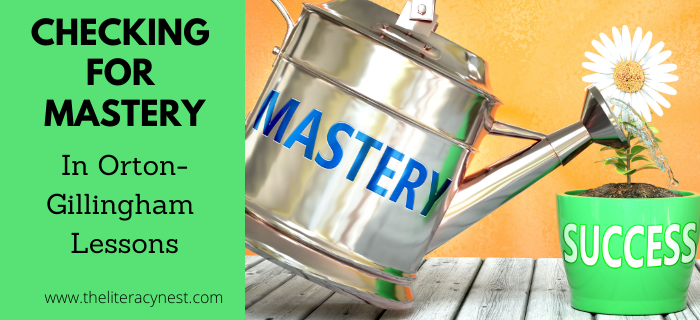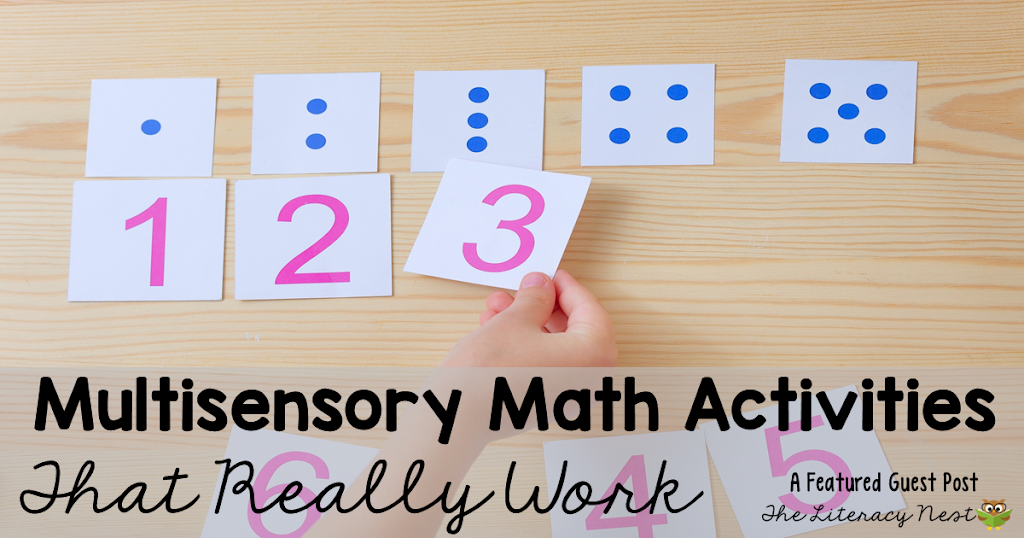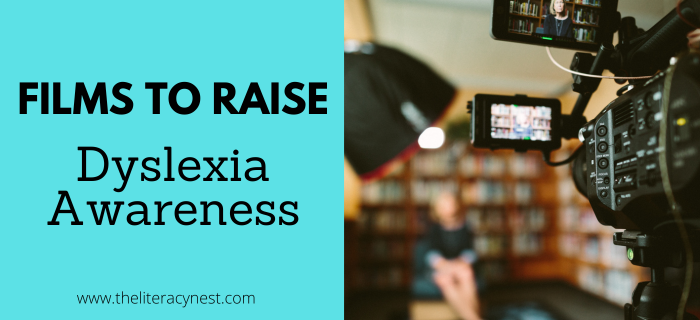When Older Students Need Support with Alphabetic Knowledge
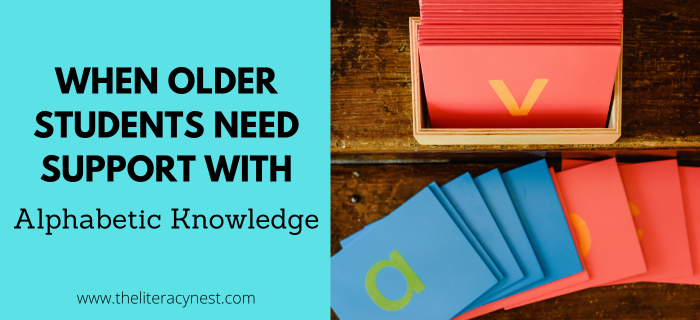
When I used to work for public schools, I noticed that assessments like letter identification or letter/sound correspondences were frequently only assessed during Kindergarten and the first half of 1st grade, regardless of whether students ever reached mastery. In most cases, the alphabetical knowledge and sequence were never assessed. When I was completing my Orton-Gillingham training, I remember reading a textbook by Judith Birsch and wishing that this book had been a preservice textbook when myself and my colleagues were in college. This prompted me to add a brief, but enlightening assessment to my repertoire. I began asking students to write the alphabet.
Why Assess Alphabetic Knowledge?
So much can be garnered from this brief assessment:
- Is the student right or left-handed? What is their pencil grip like?
- Do they approach this task confidently?
- Does the student have to sing the alphabet song?
- Do they need to go back to the beginning to recite the alphabet to get to the next letter?
- How often do they do this? Once or twice? At natural breaks? After every letter?
- Are they able to form letters easily or is letter formation awkward and labored?
- Do they mix up the sequence of letters or omit letters?
Children with dyslexia don’t suddenly fall behind in 3rd or 4th grade. They may be identified then, but chances are very good that they are missing foundational knowledge not only in phonics and phonemic awareness but also in alphabetic knowledge.
Learn more about the alphabetic principle. Read What’s So Important About the Alphabetic Principle?
A Common Issue
Some ways you may see this manifest include difficulty remembering how to form infrequently used letters. An older struggling student may get hung up on spelling words with y or producing the /y/ sound when they see y at the beginning of a syllable. They may have difficulty writing the alphabet and “draw” their letters rather than a smooth continuous formation. They may rely heavily on uppercase letters beyond B & D which are often written as capitals to avoid confusion.
In the classroom setting, you may notice children struggling significantly with alphabetization or on a class list, not knowing the general area in which to find their own name.
There are several reasons why this is a relatively common area of weakness for students with dyslexia. As I suggested, students may never have mastered this skill early in their schooling, but because it was no longer part of the assessed skills, they slid under the radar, and this foundational skill was never remediated. Many students with dyslexia struggle with tasks related to sequencing. The alphabet is in large part a sequencing task. This may be due to a processing issue or low random naming scores.
Why is this important?
The goal of this learning is primarily to establish fluency with letter names and letter sounds and develop an understanding that there is a systematic and predictable relationship between the written letters and their spoken sounds. The ability to become fluent and familiar with the alphabetic sequence which is unchanging and consistent is related to the student’s ability to treat words as a sequence of letters. Alphabetic knowledge is a foundational skill that paves the way for sequential systematic phonics and orthographic mapping work. Ultimately this letter knowledge lays the groundwork for reading fluency.
4 Activities to Promote Alphabetic Knowledge
For students that present with weaknesses in alphabetic knowledge, remediation is certainly valuable. Some of the most powerful tools are already part of a typical Orton-Gillingham lesson sequence.
1. Phonogram cards
Phonogram cards and multisensory letter practice help to solidify and build letter-sound relationships. Tracing letters can also reinforce letter formation.
2. Phonemic awareness activities
Phonemic awareness activities using both letters and sounds are critical according to the latest IDA research and recommendations. This serves not only to build awareness of sounds in words but to reinforce the systematic and predictable letter-sound relationship. This strengthens orthographic mapping skills.
Want to learn about word attack strategies for older students with dyslexia? Listen to the Together in Literacy podcast, season 2, episode 5.
3. Short sequences
To build an understanding of alphabetic sequence, work on short sequences of letters such as in missing letter activities. Find the last letter in a sequence of 3 is the easiest such as AB__, determining the missing letter in the middle of a sequence is a little more difficult as in G__I, and finding the missing letter that is the first in a sequence is the most challenging as in ___XY.
4. The Alphabet arc
One of the best ways to work on knowing the alphabet thoroughly is the alphabet arc. Progress from most support (matching letters), to least support (sequencing letters quickly, fluently, and independently without a model). I usually start with upper-case letters, progress to matching upper and lower case and finally lower-case letters.
In addition to matching the letters, you can play numerous games reinforcing concepts like before and after, and what part of the alphabet a certain letter falls into. Keeping this learning fast-moving and fun helps to engage older learners and keeps the foundational knowledge from feeling too childish.
I like to use this Junior Learning Alphabet Arc Bubble Board!
Alphabetic knowledge is necessary for efficient word reading and spelling to occur. In addition, an understanding of alphabet sequence is necessary for the efficient use of reference materials such as indexes and dictionaries. While it may seem that a new student may be beyond this phase, a little more digging may yield surprising results.
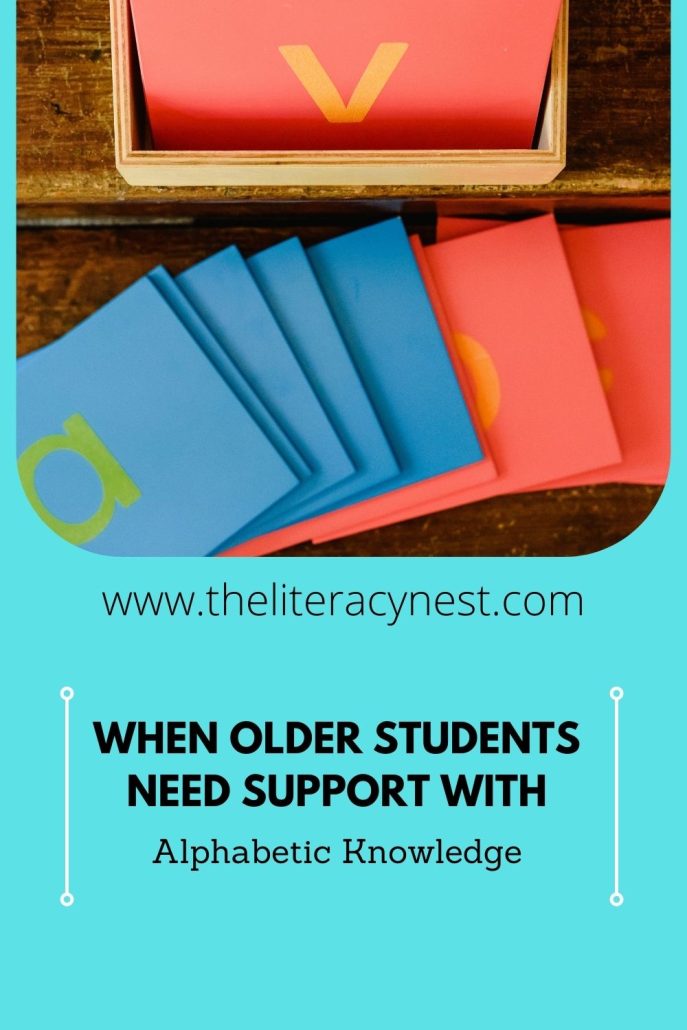
To learn more about how you can help support older students with alphabetic knowledge, sign up for Building Readers for Life Academy. Both educators and families are welcome!
Building Readers for Life Academy is a monthly membership program that empowers educators AND families by diving into structured literacy and strategies for ALL learners. With BRFL Academy, you’ll learn what it takes to help EVERY student become a reader for life.

